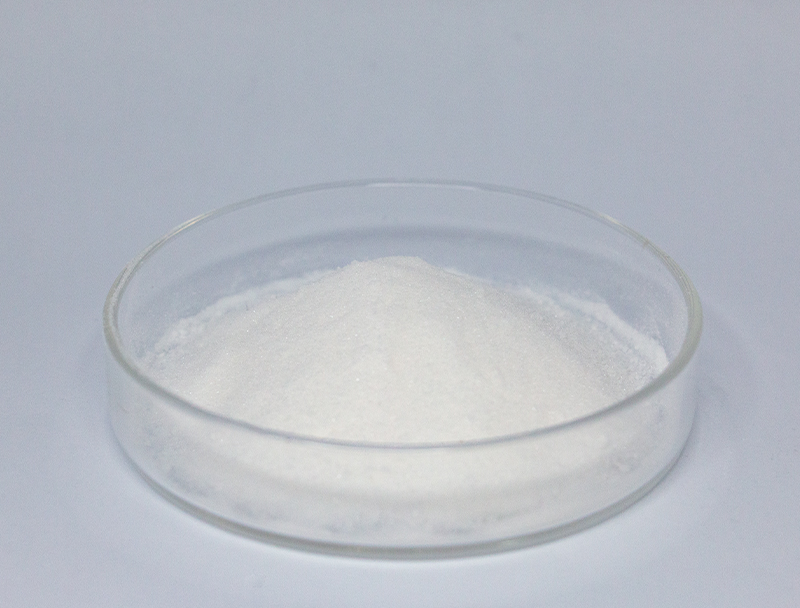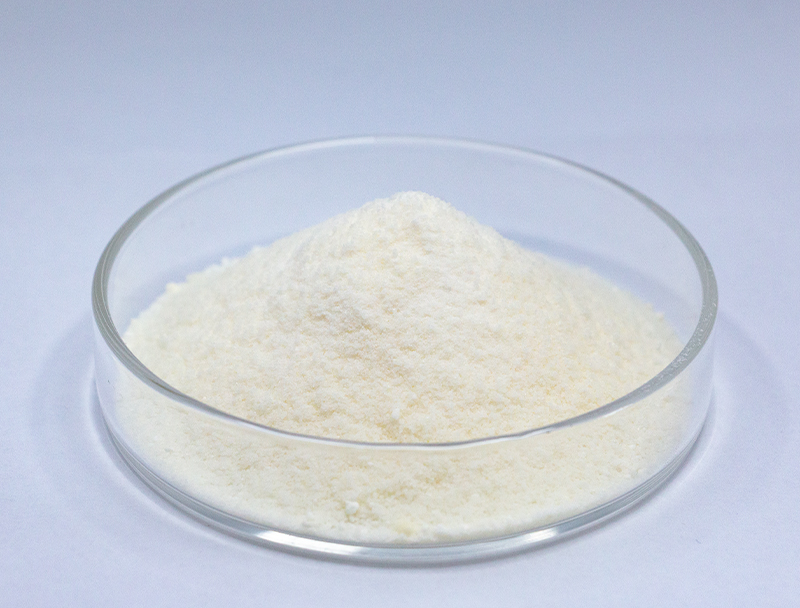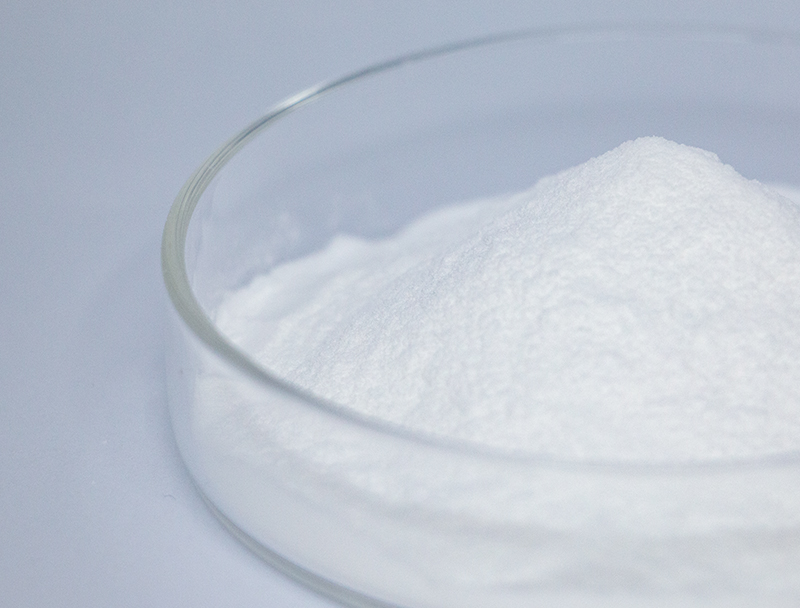
Cell-based production leans heavily upon a broad palette of input materials for developing state-of-the-art biosolutions.
Preserving the sustainable sourcing of these resources dictates persistent stability and principled industry advancement.
numerous problems stemming from established sourcing methods including biodiversity loss and excessive resource use. Therefore, producers should prioritize ethical sourcing models to curtail ecological damage.
- Samples of circular procurement methods cover:
- Employing waste-stream inputs from industry leftovers
- Applying zero-waste frameworks to limit waste and optimize resource use
- Aligning with domestic providers that adhere to transparent sourcing
Embracing sustainable procurement produces environmental benefits with profitable potential.
Enhancing Biomass Composition for Superior Biofuel Results
Advancing fuel production depends on feedstock consistency and composition. Experts maintain efforts to discover ways to maximize feedstock value, achieving increased output and long-term energy sustainability. Methods encompass cellular engineering to augment biomass output and refining processes to liberate fermentable carbohydrates.
- Also, studies emphasize discovering resources such as seaweed, organic waste, and residual straw to diversify sustainable feedstock supplies for fuels.
- By means of ongoing innovation the biofuel sector can achieve substantial advances soon, shaping a cleaner energy future.

Optimizing Early-Stage Biomanufacturing Processes
comprises front-end procedures like culture expansion and cell retrieval New innovations across this area have produced enhanced manufacturing methods that boost yields.
Significant developments incorporate advanced biological platforms, tailored medium blends, and precision reactor engineering. Such breakthroughs boost efficiency and simultaneously reduce manufacturing costs and carbon burdens.
- Concurrently, continuous manufacturing approaches bring amplified flexibility and more consistent upstream outcomes.
- This transition to advanced manufacturing techniques is set to transform the sector and accelerate therapeutic timelines.

Gene Editing Breakthroughs That Elevate Biopharma Output
developments in targeted genetic engineering methodologies have modernized drug manufacturing. By precisely targeting genes within host organisms, researchers can enhance the yield of valuable therapeutic proteins. Such strategies offer promise to create cost-effective, high-efficiency therapeutics across many disease areas.
Applying Microbial Tools to Improve Environmental Remediation
innovative solutions for sustainable bioremediation, a critical process for addressing environmental pollution. Microbial communities can biotransform hazardous materials into lower-risk substances. Applying microbial remediation systems creates low-impact cleanup options that address contamination efficiently.. Research teams analyze microbial diversity to find candidates that metabolize heavy metals, break down pesticides, and treat oil-contaminated matrices.. These microorganisms can be employed in bioreactors or directly at contaminated sites, promoting the breakdown of pollutants through biodegradation processes..
Microbial remediation approaches present key benefits relative to classic remediation methods. Such strategies are budget-friendly and lessen the creation of harmful byproducts. Likewise, microbial systems can selectively degrade contaminants while sparing the wider environment. Advancements continue apace to increase the speed, efficiency, and applicability of microbial remediation techniques.
Leveraging Bioinformatics for Novel Therapeutics
Computational tools have grown indispensable in the current drug discovery landscape. By leveraging complex datasets, bioinformatics expedites discovery and optimizes candidate safety and potency.
- Through evaluating comprehensive genomic, proteomic, and clinical data, teams detect novel targets and predict drug action.
- Moreover, bioinformatics contributes to drug design by simulating the interactions between drugs and their targets, ultimately leading to the development of more effective drugs.
- In summary, bioinformatics overhauls pharmaceutical R&D and quickens the path to safe therapeutics for patients.
Fine-Tuning Metabolism to Maximize Bioproduct Synthesis
adopts varied approaches to raise biosynthetic yields of beneficial compounds. Options include metabolic rerouting via gene edits, expression tuning through regulatory control, and incorporation of foreign enzymes to expand function.. By optimizing cellular networks, developers can substantially boost target bioproduct output.
Such holistic engineering could impact many areas including medical therapeutics, agricultural outputs, and biofuel production.

Scaling Biopharma: Difficulties and Strategic Opportunities
Large-scale manufacturing brings notable difficulties together with growth opportunities. One major challenge is maintaining consistent product quality at increased scales. Addressing it demands strong process governance, accurate real-time analytics, and advanced measurement systems.

Additional complexity arises because biopharma production entails many coordinated stages.. Translating lab methods into scalable operations needs heavy research and technology breakthroughs.. Still, the gains can be meaningful. Successful scaling up can lead to increased access of life-saving therapies, reduced production costs, and enhanced profitability.
Different initiatives are progressing to solve scale-up constraints. Programs comprise advanced optimization systems, real-time process monitoring tools, and innovative production strategies.
- Development efforts are also playing a crucial role in advancing biopharmaceutical production capabilities.
- Regulators are reforming approval systems to facilitate adoption of advanced manufacturing and nurture innovation.
Regulatory Considerations to Maintain Biopharmaceutical Safety and Performance
Bringing biologics to market involves rigorous regulation designed to protect patients and confirm therapeutic benefit. Biologics sourced from living systems pose distinct regulatory and manufacturing complexities versus small-molecule drugs.
Regulatory authorities including FDA and EMA are central to creating criteria and processes for approving innovative biologics..
Meticulous validation protocols are enforced from preclinical validation to long-term post-market evaluation.. These measures aim to identify potential risks and guarantee that biopharmaceuticals meet the highest levels of safety..
Additionally, regulators regularly update methods to match the pace of fast-moving biopharma innovations.. Actions include accepting new technologies and streamlining development channels while Calcium Propionate safeguarding patient health.

Harnessing Plant Feedstocks to Create Biodegradable Plastics
Heightened demand for sustainable products accelerates efforts to develop renewable material alternatives. Plant-based bioplastics made from biomass feedstocks present a hopeful path to reduced plastic impact. Renewable inputs including cornstarch, cellulosic matter, and sugarcane biomass can be processed into biodegradable plastics that minimize long-term pollution.
Furthermore, these bioplastics often possess comparable properties to their petroleum-based counterparts, making them suitable for a wide range of applications.. Persistent innovation will be key to advancing plant biomass into mainstream bioplastic manufacturing for a circular future.
Biotech's Role in Improving Global Health and Agricultural Resilience
Biotech innovations hold promise to dramatically impact health and the reliability of food systems. Via genetic modification, synthetic design, and therapeutic cell technologies, researchers build solutions to control infections, increase crop productivity, and enrich food quality.. For instance, genetically modified crops can be engineered to resist pests and environmental stresses, leading to increased agricultural production and reduced reliance on harmful pesticides.. Concurrently, biotechnology drives development of immunotherapies, antibiotics, and diagnostics that play a key role in controlling diseases and improving health metrics. As research progresses, biotechnology holds immense promise for creating a healthier and more sustainable future for all.
